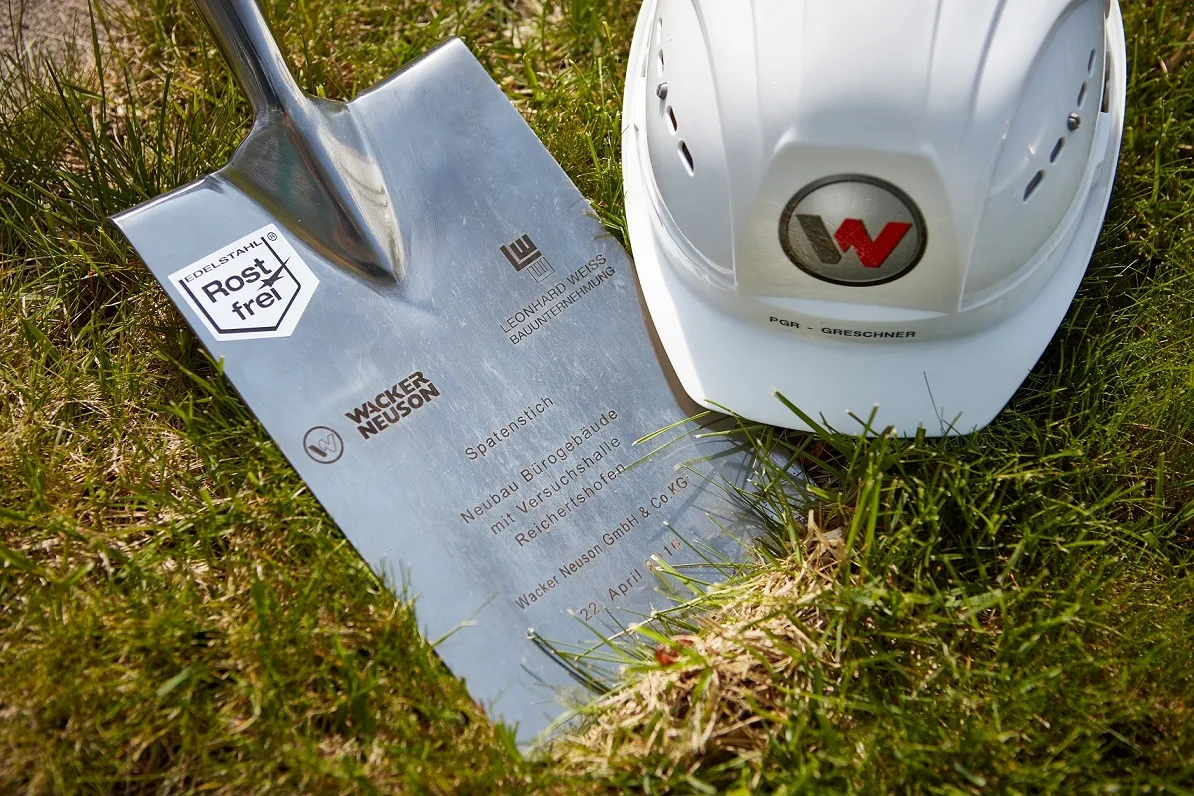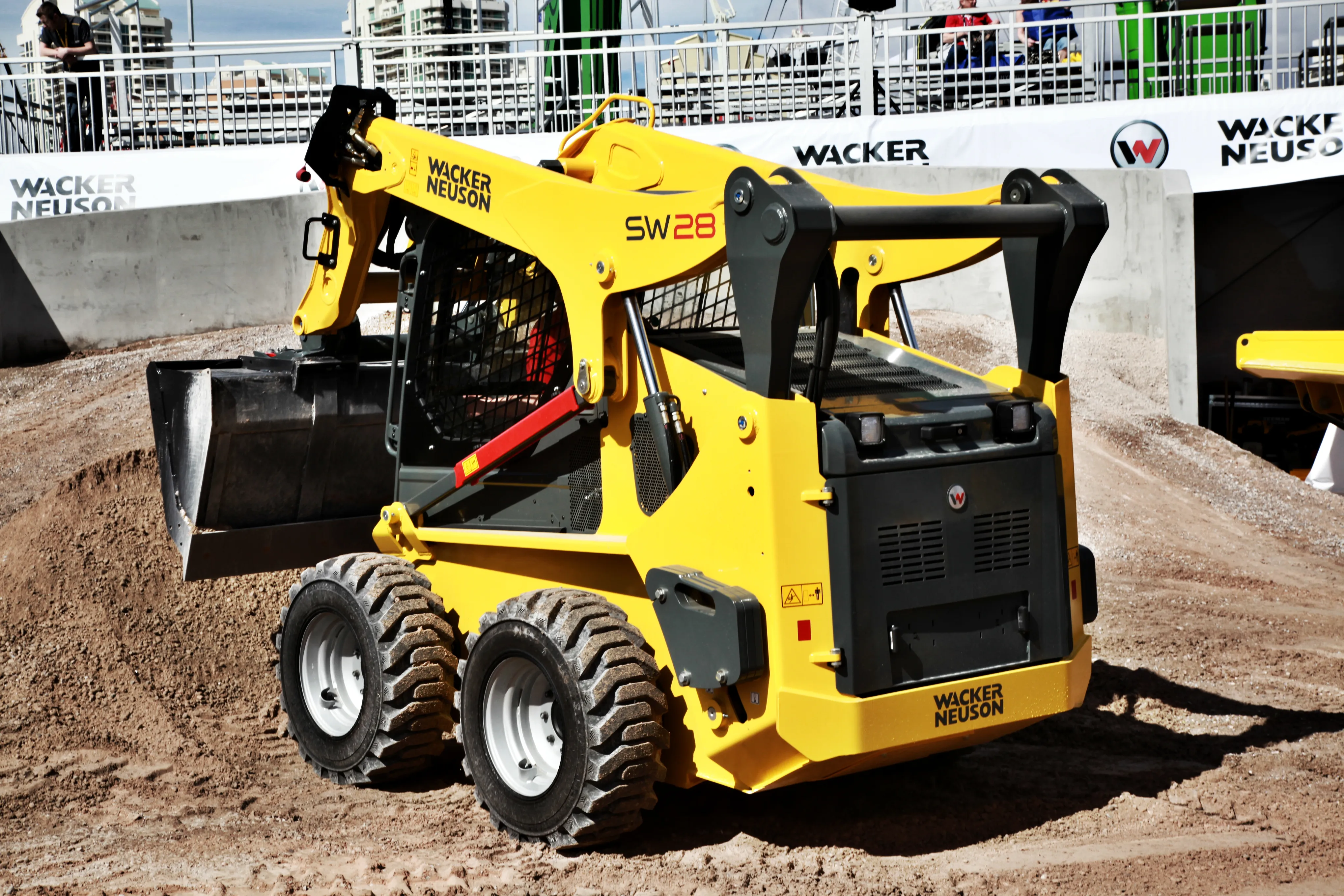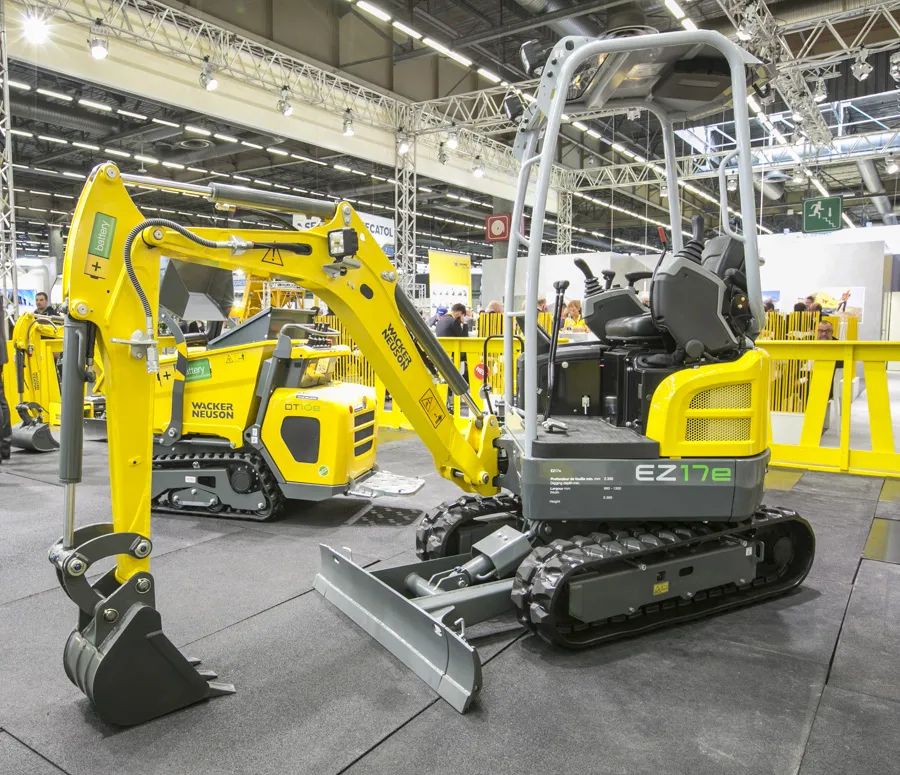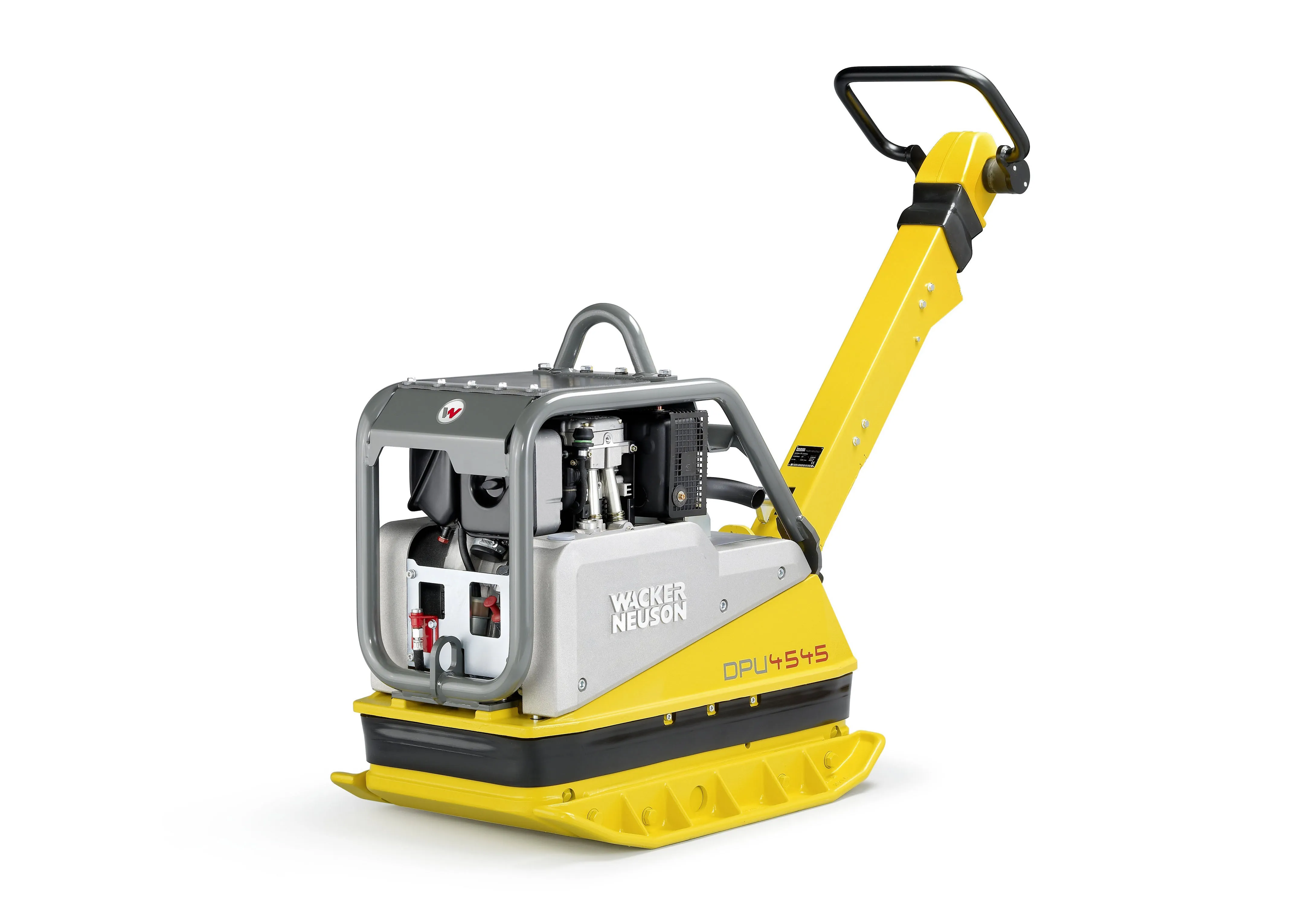
Work has started on a €10 million expansion of
The result with be a new R&D centre for light equipment that is set to open early next year.
A silver-spade ceremony was held on April 22, 2016, and the first employees will be moving into the four-story administration building and test hall by the end of the year.
In the coming year, Wacker Neuson will move its R&D, product management and materials management to Reichertshofen near to the production facility.
Wacker Neuson employs around 330 people employees at the Reichertshofen 10 ha site. The company is constructing an office building and test hall next to the production facilities. This will include around 3,500m2 for up to 120 employees, primarily in R&D. Adjacent to this will be a large, modern test hall providing almost 3,000m2 of space for extensive testing of light equipment during the development phase.
“Moving all technical operations for light equipment to the same site will improve processes, shorten workflows and boost productivity even further,” said Helmut Bauer, managing director of Wacker Neuson Produktion, based in Germany.
Vibratory plates, various rammers such as battery-powered rammers, internal vibrators and inverters, angle grinders, floor saws and breakers will be developed and manufactured at the Reichertshofen site.








